|
Getting a little antsy at home? Need something different for the kids to do? Look no further! Here are some Notable19 creators to the rescue, collated by Sara Shacter... 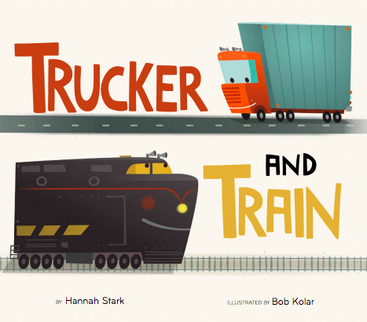 Hannah Stark – Trucker and Train For activities covering math, vocabulary, drawing, social awareness/kindness, and verbal fluency -- all centered on the kid-friendly topic of trucks/trains -- follow this link: https://www.hannahcarinastark.com/fun-stuff 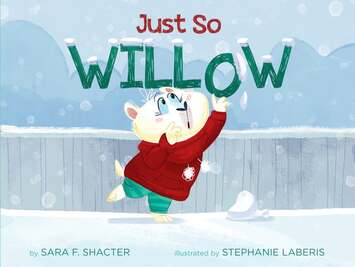 Sara Shacter – Just So Willow For Arctic animal fun facts, edible math, journaling topics, and animal/human comparisons, follow this link: http://sarafshacter.com/teachers-guides/ Sara is also offering free Zoom visits for families who are currently homeschooling. Contact her at [email protected].
7 Comments
Hard to believe we're nearing the end of an exciting, whirlwind year! There have been many ups--witnessing the birth of our book babies, celebrating with launch parties (or not, for the introverted one among us), and sharing the camaraderie of a debut group--and a few downs--reviewers who don't understand our books, and other things that perhaps didn't turn out as we had hoped. But, overall, it's been a great ride and we are so happy you have joined us for it. We leave you with some parting words...  Sara Shacter (Just So Willow, Sterling) ------- My main piece of advice for debut authors/illustrators: celebrate! That box of author copies? So cool! The kid who's riveted while you read your story? Amazing! A nice review on Goodreads? Groovy! Don't stress "best of" lists. Don't obsess over sales figures. You published a book! Who does that?! YOU!! 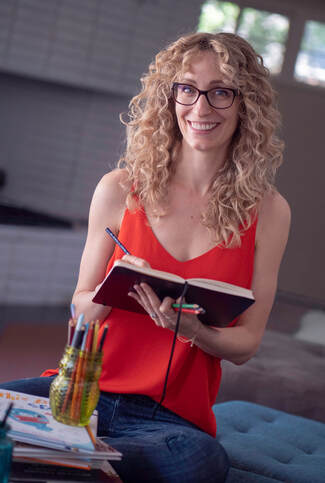 Cassandra Federman (This Is a Sea Cow, Albert Whitman & Co.) ------- Don’t stop working on your other manuscripts in favor of “marketing" or "building a platform" or other time-sucking tasks you feel you should be doing. Your first book may get lots of recognition or none at all, but you have no control over that. If you are hard at work on your next book, then it becomes easier to celebrate the happy debut book moments and ignore any not-so-happy ones—which is what we should all be training our brains to do in life! Speaking of next books, keep an out for an announcement about a horse-like sea animal who is less-than-thrilled with a school report being written about him. Wink Wink! Brooke Boynton-Hughes (Brave Molly, Chronicle) ------- My advice for debut authors/illustrators is to be patient. While some book creator's careers launch into the stratosphere with their first book, that isn't true for most of us. So, be patient. Celebrate your new book, launch it into the world in the best way that you can (whatever that means for you) and then get back to work writing and drawing and creating something that a child somewhere will want to read over and over again. 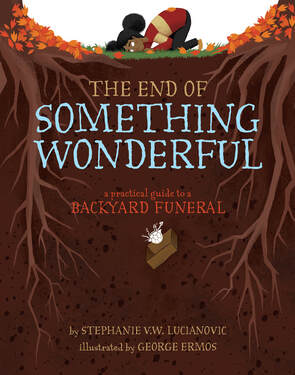 Stephanie Lucianovic (The End of Something Wonderful, Sterling) ------- There are going to be lows on your path. Up next for me are two books -- a picture book with Little Brown called HELLO, STAR, illustrated by best-selling author/illustrator Vashti Harrison and a middle grade novel with Clarion Books called THE LEAGUE OF PICKY EATERS -- and even with that happening, I still have lows. The best advice I can give here is to look the lows squarely in the face and say, "Okay, this doesn't feel great, but I know it's going to get better." Because it will. Then go out and do the things that bring you joy beyond your writing/illustrating: take a forest bath, string up twinkle lights in your bedroom or living room, reread your favorite books, take yourself to dinner or a movie, indulge in new and beautiful bedding, take a class that develops a different creative skill, and do what Sara advises: celebrate the hell out of all the great things (big and little) that happen along the way. You got this.  Cathy Ballou Mealey (When a Tree Grows, Sterling) ------- Cathy recommends Debut Deep Breathing: To keep your equilibrium throughout the highs and lows of debut year, debut deep breathing offers easy, affordable on-the-go self care. INHALE - Ah, that new book smell! The sweet, fresh paper fragrance of your very own book can't be beat. EXHALE - Huff and puff surprising comments, untimely developments or less-than-lovely moments into the ether. REPEAT! Cathy will continue to practice Debut Deep Breathing until her next picture book, PICKLE PACKERS, releases in 2021 from Kids Can Press, illustrated by the lovely and talented Kelly Collier. Congrats to all on the honors, lists, new book announcements and accolades! Such a thrill to be part of the talented and accomplished Notable19s! 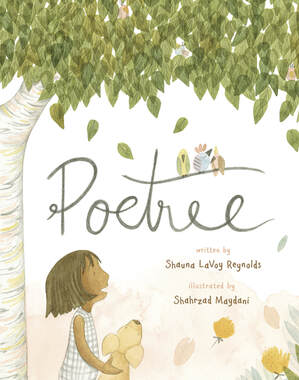 Shauna LaVoy Reynolds (Poetree, Dial/Penguin) ------- Hey, future debut authors! Starred reviews, placement on “staff picks” shelves, and positive buzz from teachers and librarians are all fantastic. (Like, *really* fantastic!) But chasing those things can cause you to stray from your work's purpose. Don’t lose sight of your true audience — it’s all about the kids. Kids who might see themselves on the pages, get lost in your story, and feel that spark in their hearts to create something lovely. 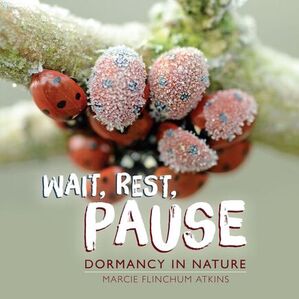 Marcie Flinchum Atkins (Wait, Rest, Pause, Millbrook Press) ------- My phrase or mantra for 2019 was "Joy in the Process." I taped it to my computer, so I'd see it everyday. It was the perfect phrase for 2019 with books coming out and more books in the process. Things don't always go as planned and some things go better than planned, but if I can keep joy in the process of writing, then that can be the daily reward I reap privately. I love writing. I can't stop even if I try (I've tried), so I'm trying to embrace the process--the excitement of a new idea, the mind-blowing process of research, the uncertainty of a new draft, the messiness of revision, or the nail-biting process of being on submission--all of it. 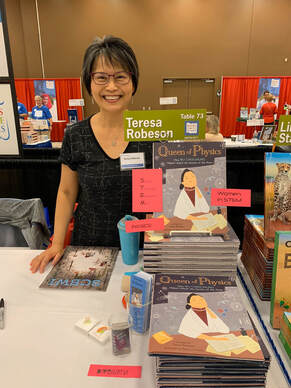 Teresa Robeson (Queen of Physics, Sterling) ------- I'm a nerdy homebody-introvert, and here are things I've learned that might be applicable to debut authors with similar temperament: 1) Join a debut group, but don't join too many as it will dilute your time and energy. 2) Celebrate your way: everyone said to have a launch party and I stressed about it for months. I finally decided not to have one and felt so much happier in the end. The corollary to that is: Don't over-commit to events if you don't like to socialize. I've kept mine to just a handful of appearances but I give those my wholehearted attention and enthusiasm. 3) If you write a difficult topic (like, oh, nuclear physics, for example), there will be people who just won't get it, no matter how much you simplify it. So ignore those reviews. In fact, just ignore most reviews, period, for your peace of mind. And peace of mind is so important as you keep working on other projects while awaiting the arrival of your book into the world! I'm re-reminding myself of all of this as I wait for my next book TWO BICYCLES IN BEIJING (Albert Whitman) to release in April, 2020, while trying to promote the first one and also working on a couple of middle grade and picture book projects. 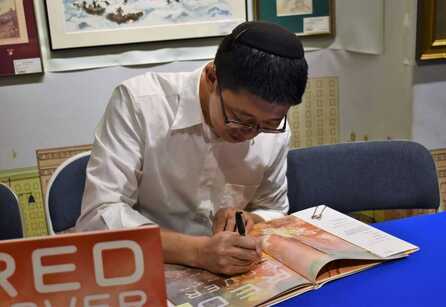 Richard Ho (Red Rover, Roaring Brook Press) ------- For new authors who were fortunate enough to celebrate their debuts this year... CONGRATULATIONS, and may this be the first of many. For yet-to-be-published authors... KEEP AT IT, because the dream is within your grasp. Looking forward to lots of wonderful book news from everyone in 2020 and beyond! My next picture book, THE LOST PACKAGE, is illustrated by fellow Notable 19s alum Jessica Lanan and will hit shelves in Winter 2021! 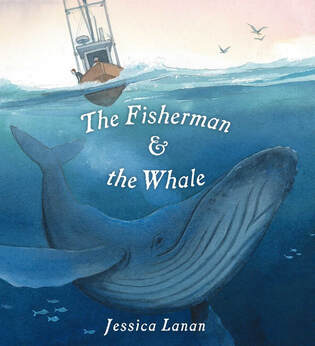 Jessica Lanan (The Fisherman and the Whale, Simon & Schuster) ------- It has been a delight to celebrate a year of authorial debuts with this lovely group of friends. In the coming year, I plan (hope? resolve?) to spend more time experimenting with new methods and simply enjoying the challenging process of making books. My next books as an illustrator include A KID OF THEIR OWN, by Megan Dowd Lambert coming from Charlesbridge in February and THE LOST PACKAGE by our own Richard Ho, coming from Roaring Brook Press in winter '21. Upcoming books as author/illustrator... well, you will just have to wait and see! 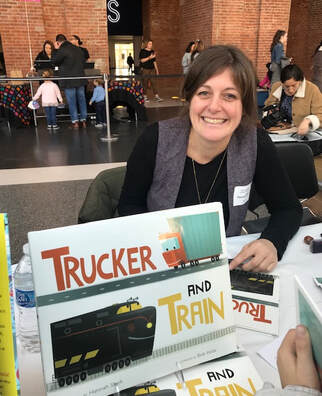 Hannah Stark (Trucker and Train, Clarion/HMH) ------- I never anticipated this to happen in the year of my debut, but I started taking much better care of myself. I lost a bunch of weight through healthier eating and regular SoulCycle classes. I think this has really helped me weather the ups and downs of the children’s book industry. I‘ve been so proud to see TRUCKER AND TRAIN out in the world, but I’ve also been quietly proud that I decided to put self-care first during this year of unknowns.  Lisa Anchin (The Little Green Girl, Dial/Penguin) ------- My biggest piece of advice for both debut authors/illustrators and pre-published folks would be to find your people and keep them close. Surround yourself with other creators who you respect and who understand the crazy roller coaster ride of kidlit publishing, and support one another. You will mutually spur one another on and keep each other going, celebrating your successes and buoying one another up during hard moments. This is valuable both before and after the publication of your first book. Looking ahead, my third illustrated title, THE POLIO PIONEER: DR. JONAS SALK AND THE POLIO VACCINE will publish with Knopf in the fall of 2020, and I'm in process of finishing revisions on my second author-illustrated title with Dial, THE PAPER WOODS, tentatively scheduled for publication Summer 2021. We hope you gleaned some comfort and wisdom from this post. As you can see, we have lots of projects up our sleeves and coming out, which is why it's not good-bye but au revoir which is "until we meet again." You will definitely be meeting all of us again!
By Marcie Flinchum Atkins I almost made it through 2019. With my busiest schedule to date, I had a fabulous debut year and learned so much. Some of the things I learned, I wished I’d known before entering into my debut year. I still have much to learn, but I hope that at least one of these practical tips will help you along your writing journey. 1. Find writer buddies. This needs to happen LONG before you debut. You need to be building your network of writing friends years in advance of publication. My writing friends helped me find a debut group. They helped me when I had anxieties about this year, and they helped me when I needed contact information for bookstores. I was so grateful for my network that I’ve built over the years. I will be relying on them for years to come. 2. Connect with gatekeepers (booksellers, librarians, teachers, parents). After teaching for 22 years in multiple school systems, I knew a lot of people in the library and teaching world. But I love meeting new people. It always gives me a thrill when people share with me that they used my book as a read aloud. Getting your work into schools and libraries is a huge thing, so connect with the gatekeepers. 3. Love your local indie bookseller. When I moved to the suburbs of DC a few years ago, I knew no one at the indie bookstores. But as a school librarian, I hosted authors that came for school visits through the indies. I also attended author bookstore events. At the time, I had no book contracts--not even the prospect of one. Over time, getting to know my local indie booksellers has been so helpful. When I’ve asked to do events, they have quickly said YES! Buy books from them! Attend events at their store. 4. Set up a pre-order page with your local indie. If you live close enough to a local indie bookstore, ask them to set up a pre-order page for your book. You can sign the books and they will ship them all over the country. I know some people have had huge success with doing a lot of pre-orders. I didn’t have very large numbers at all, but I did ask my local indie, One More Page, to leave the page up. If people want a signed, personalized copy, I direct them to that page, and I can run over and sign the books at the store. 5. Give yourself gold stars. I have been keeping a “Gold Star List” for each month in my bullet journal. I’ve been doing this for years. Don’t just write down the big stuff. Write down the small victories. Some actual things from my “Gold Star List” from 2019:
6. Be a good news gatherer. I actually made an electronic file that says “Dormancy Good News.” In it, I have screenshots of encouraging tweets, PDFs of blog posts where people shared about my book (I use the Chrome extension Print-Friendly to do this), and copies of reviews. When Kirkus named WAIT, REST, PAUSE as one of their top picture books for 2019, you bet I screenshotted that and put it in my electronic folder. 7. Organize! I love to be organized, but since I did more speaking this year and events that I’ve never done before, I had to make sure I had a system for organizing everything. I read the classic GETTING THINGS DONE by David Allen and the 12 WEEK YEAR by Brian P. Moran which helped me figure out a system that worked for me. I use several key things: a bullet journal, a filing system, and electronic documents. Figure out a system that works for your brain and use it. 8. Make a marketing list. I read a lot of blog posts on marketing, wrote down tips from friends, and I made my own marketing wish list. I attached contact information or website information for each thing, then I gave myself deadlines for each one. Everyone’s list will look different. Each month, I went in and looked at the things I wanted to do that would help market my book. At the end of this year, I plan to do a year-in-review. I will evaluate what worked and what didn’t, which leads me to… 9. Start a “Standard Operating Procedures” list. I want to easily refer back to what worked for this book. I realize every book will be different, but I want the names and contact information of people at the ready. So I started a list that I will refer to (and add to) for the next book. 10. Collect other people’s swag. As I go to conferences and workshops, I’ve collected lots of different bookmarks, business cards, brochures, and postcards. When I particularly love something that an author did, I save it for inspiration for a future swag item for myself. At NCTE, one of my favorite swag items was bookmarks and postcards that poets handed out with a poem on it. 11. Stash a sharpie in your bag. I have been signing my books on the beautiful blue end papers with a silver metallic Sharpie. I bought several and put one in my various bags that I use. However, I also put one in my purse--the one I take with me daily. It has come in handy a bunch of times. I’ve signed people’s books that they’ve brought to me outside of my events. I’ve also been able to dash over to my local indie to sign books because I had the special Sharpie in my purse. 12. Buy bookplates. I searched a lot for bookplates, getting recommendations from various friends, but wasn’t able to secure any bookplates. I stumbled across Ninth Moon, and they made beautiful bookplates for me. I highly recommend them. I have mailed signed bookplates to a number of people who live far away. 13. Create a Canva account. It’s free (you don’t need the paid version). You can make all kinds of flyers, social media announcements, and more on this “graphic design for dummies” site. 14. Throw a party. I know parties aren’t everyone’s thing. Parties aren’t really my thing either, but I wanted to celebrate my book launch officially. I’ve been to small book parties at people’s houses and events in bookstores. I’ve known people to rent out a room at a local venue. Do what makes sense for your book, but find a way to celebrate--even if it’s just with family. 15. Invite people personally. I recently had an out-of-town book event at Book No Further in Roanoke, VA (where I used to live). I sent out postcard invitations and sent them via USPS. It was my most well-attended event. Why did I do that? Not everyone that I wanted to invite was on social media, and a personal invitation is more personal. This worked! 16. Say thank you. Formally. Yes, you should thank people verbally, but if it at all possible, send thank you notes to booksellers or friends who came to support you. Snail mail is lovely to receive. 17. Keep books in your car. This is the ONE thing no one ever told me. There are times when books don’t get shipped on time. There are times when you run out of books at a signing. If you have books on hand, the readers will be happy. When I started talking to other more experienced authors, they have confirmed that many of them do this too! 18. Celebrate! I have a hard time trying to relax and enjoy what I’ve accomplished. I’m already knee-deep into many other projects. But I had five books (not including the educational readers that I did) come out this year! There needs to be some end-of-the-year celebrations! 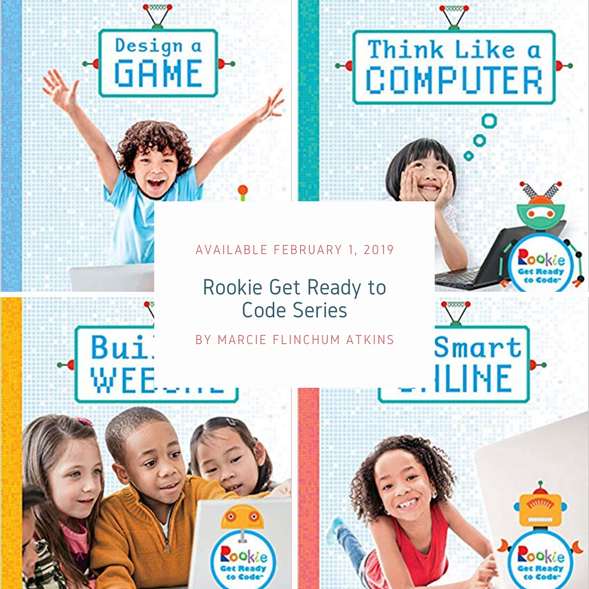 19. Write new stuff. The debut year is a busy one, and I have more things planned for next year. However, I guard my writing time. WAIT, REST, PAUSE is one of many, many books I’ve written and one of many more to come (I hope). Don’t abandon your writing for marketing. Will you have to do less at times? Yes, but keep writing! What are your favorite tips for a debut year? I'm looking to learn more tricks and tips from writers who have lived through the debut year and beyond.
Because everyone is busy getting ready for the holidays, we at Notable19 thought it would be fun to share some facts about us in the form of photos. That way, we can still be in touch with our readers but nobody has to write a ton or read a ton (because busy, remember?).
Here is our schedule, in case there is anything you don't want to miss. And if you want to join in the fun and show us YOUR photos, please #Notatable19s on Instagram or @Notable19s on Twitter! Wednesday, November 20: Picture of us as a kids/babies Thursday, November 21: Picture of something we drew (now or as a kid) Friday, November 22: Picture of our favorite childhood toys Saturday, November 23: Picture of where we write/draw/create Sunday, November 24: Picture of our favorite foods/beverages Monday, November 25: Picture of our local indie bookstore Tuesday,November 26: Picture of our books “in the wild” Wednesday, November 27: Picture of our local library Thursday, November 28 (Thanksgiving): Picture of something we are grateful for or someone who helped us along the way Friday, November 29: Picture of our TBR pile/bookshelf OR a Picture of a book we are currently reading Saturday, November 30: Picture of the book we wish we had written Sunday, December 1: Picture of something or someone that inspires us Monday, December 2: Picture of of rough drafts Tuesday, December 3: A hint about a WIP (sentence, photo, etc) Where you can find our posts: Hannah Stark: Twitter, Instagram Sara Shacter: Facebook, Twitter James Serafino: Instagram, Facebook Teresa Robeson: Twitter, Instagram Shauna LaVoy Reynolds: Twitter, Instagram Cathy Ballou Mealey: Twitter, Instragram Stephanie Lucianovic: Twitter Jessica Lanan: Twitter, Instagram Brooke Boynton-Hughes: Instagram Richard Ho: Twitter Cassandra Federman: Twitter, Instagram Marcie Flinchum Atkins: Twitter, Instagram Lisa Anchin: Twitter, Instagram Most debut authors like the Notables have spent years just aspiring to get published, and many words of advice have been written on the subject of perseverance. But we talk less about the transition that we go through when our debut book finally goes out into the world. How will our book be received? What can we expect? What might we fear? Perhaps you've come across a story like this: Meet John Doe. John Doe graduated from a top art school in the illustration program. He was the winner of a portfolio contest and sold his dummy at auction afterward. His book was published by (insert name of big 5 publishing house.) The publisher gave his book a ton of attention and spent a lot of money marketing it. He got six starred reviews, and he ended up on the bestseller list. They even sent him on a book tour! Everyone loved his book. And-as everyone expected--he won a big prize at the end of the year. All that, and under 30. Amazing! Or not. Perhaps you fear a scenario like this: Meet John Doe. John Doe was a totally unknown author. His book was published by (insert name of small, unknown publisher.) He only got a couple trade reviews, and they were disappointing. He had a book launch party, but not even his roommate came. He asked his local bookstore if they would stock his book, and they told him they would "look into it." (It never showed up.) The book was not reprinted, and didn't earn out. Or maybe you are imagining something in between: Meet John Doe. His book came out and it was... okay. He received several trade reviews, and they were mostly positive. He got one that was not-so-good. (It wasn't really as bad as he thought, but John was feeling a little bit raw right then.) He had a book launch party, and a lot of his friends turned up to support him. He signed a few books and enjoyed the cupcakes. The book didn't seem to make too much of a splash, but still John Doe was proud of his work and the positive reviews he received. He got a nice note from a teacher talking about how much their class enjoyed reading his book, and he printed it out to hang on his wall. No matter how your experience turns out, it's helpful to think of your debut book as just one step along your journey. The same perseverance that got you a published book in the first place is the perseverance that will serve you through the rest of your writing or illustrating career. If you're feeling like John Doe in his worst-case scenario, looking at empty chairs at your book launch party, just remember: there's no reason you can't just try, try again. It doesn't mean you aren't cut out to be an author. I'm a bit of an oddball in this group of debut authors, because I was lucky enough to illustrate several books before my debut as an author. But I can share some perspective that I gained from that experience. I began my publishing journey working with small publishers and without an agent's guidance. With each book I've worked on, I have improved as a storyteller. Each book gets a little more traction and recognition. I had to beg my local bookstore to stock a copy of my first book. Now, eight years later, I can hardly believe that the same bookstore put FISHERMAN AND THE WHALE in their window. When I look back at my books, I'm glad that I was brave enough to give it a try, come what may--even if my story turned out to be a far cry from Cinderella. And now, as an author/illustrator, I can feel confident that with the right attitude and hard work, the best is yet to come. Each book is a step on your journey, and your journey is your own. There's no right way to be a debut author! The countdown is on for the launch Richard Ho's gorgeous book, RED ROVER: Curiosity on Mars! Before the exciting day, let's find out a bit more about Rich, the writer... Notable19: Let's go back in time for this first question. What is the first piece of creative writing you remember writing? Rich: I was a late bloomer. Many authors have memories of crafting poems or short stories or epic novels in verse while attending elementary school, but I didn't seriously entertain thoughts of creative writing until much later. I believe I was 15 or 16. I was a huge Star Trek fan, and I teamed up with a good buddy of mine to co-write a spec script for an episode of Star Trek: Voyager. I would pay good money to find a copy of that script. I desperately want to re-read it after all these years. I think it was written on an ancient IBM computer and never backed up to disk, and I can't find a printed copy anywhere. I do remember that we titled the episode "Ambivalence," and since all that remains is the memory, I will say that it was spectacular. Notable19: We are positive it was spectacular. How could it not be with you writing and ST:V involved? ;) Now that you are officially writing, what is your writing implement of choice? Rich: Back when I was a magazine writer, I carried a little spiral notebook and a pen everywhere I went, like an old-timey reporter (no fedora, though). That was good for jotting down notes and transcribing interviews, but not much else. When I started to get into long-form creative writing, I abandoned the analog tools and went with the smallest laptop I could find (for affordability and portability). My current writing laptop is a Dell—every picture book manuscript I've written has been tapped into existence through its keys! Notable19: Laptops have been a boon to writers! Sci-fi legend Isaac Asimov used to lug his heavy old manual typewriter to the beach when he was forced to take a vacation. Can you imagine? And where is your favorite place to write? Rich: Thanks to my day job and my dad responsibilities, nearly all of my writing is accomplished on the train to and from work (a.k.a. Writing Office #1) or at my local Starbucks (a.k.a. Writing Office #2). I have a very hard time getting into writing mode at home, even after the kids are asleep. Probably because my couch emits a siren-like call that reliably overwhelms my exhausted and pitiful attempts at productivity. I try to make it to Writing Office #2 at least once a week, post-kiddo-bedtime, to get in a solid block of writing. The baristas know me by now, but I've never told them what I do when I sit there for hours on my laptop. They'll find out when I gift them a signed copy of RED ROVER in a few weeks! Notable19: We have all heard the siren call of the couch! Besides resisting the call, what is hardest for you about writing? Easiest?
Rich: Easiest: Starting. Hardest: Finishing. Starting a new manuscript is so much fun and so exciting. Your story is bursting out of your brain, demanding to be told, and you might have all of it figured out or you might have only the initial spark of an idea, but it's flowing whether you're ready or not. And then reality sets in, and you realize you need to put in hours and hours more of hard work and sweat and tears and doubt and self-loathing and despair, and with every failed plot twist or bland story obstacle or useless supporting character or drab line of dialogue the ending recedes farther and farther into the distance, and you fear that you will never finish. The caveat? When you DO finish, there are few experiences that are more euphoric and satisfying. But then, revisions… Notable19: Ah, the joy of finishing a draft, and the scary prospect of facing the revision process. Speaking of scary, what is your ultimate writer nightmare? Rich: Finishing a story that I adore and believe will sell in a multi-house auction with an astronomical advance and pre-emptive consideration for all major awards… … only to see a Publishers Weekly deal announcement THAT VERY DAY for essentially the same exact story. Notable19: That is truly a writer's nightmare. Conversely, what is your ultimate writer fantasy? Rich: The above, but without the last part! No, but seriously… just to receive a letter from a reader who tells me how one of my books made a difference in their life for the better. That would be my writerly dream-come-true. Notable19: To have touched a reader's life is the way to achieve immortality. And finally, in one sentence, what does being a writer mean to you? Rich: This answer changes by the second, but right now, being a writer means: Spending countless hours alone, toiling in solitude to imprint your soul on a collection of words that will hopefully serve as a conduit between you and the rest of humanity. by James Serafino Writing a story is incredibly difficult. Illustrating a story is incredibly difficult. Why not do both and have twice the fun!? When you are both the author and illustrator of your story you get all of the credit, but you also get all of the work and that work is complicated. Things will get messy; a whole story can fall apart right before your eyes and it can only be your fault. Here are some of my thoughts on trying, and mostly failing to, write and illustrate picture books. The big problem when you are dealing with both halves of a story is it can be easy for the writer to interfere with the artist and the artist to want to ignore the writer. The only thing to do is separate these two quarreling brats for as long as possible. It won’t be easy and you won’t always be successful and I wish I had a third, positive thing to add, but I don’t. This will be a nightmare, you have chosen poorly. However a story begins, I usually start with a drawing of a character or image in mind, it will have to be written out into the real world at some point. When you first begin to write don’t worry about grammar or sentences or story arc or character development. Just write down everything that this story is and wants to be and don’t stop writing until you know what this story of yours is actually about. Then repeat the process for the art. What do the characters look like, what medium will be used? Draw and paint and experiment and brainstorm until you discover what the art can bring to and say about this story of yours. I first came to children’s books through picture making, so I focus on this aspect the most. I like to try to find a way for the art to impact the story somehow and when I find that path I know it is time to write a first draft. Once you start a draft don’t give up on it until it's done, always try to get to the end of the story because figuring out the end will influence the beginning and each draft will be come stronger one after another. Now that you have a nice story written with a beginning, middle and end-- this may take weeks, months or years--take time to play with the art in context of your now written story. Are there parts of the story that could be better as art than words? What if that character was a coconut instead? The rule of thumb you’ll hear is show, don’t tell, and that is a good rule, but can be hard to follow because if you are like me, you like fun and silly words and listing as many of them as you can. Art can be a great storytelling tool, but sadly words may have to pay the price sometimes It is so easy to get half way through a dummy when the illustrator half will have some great flash of inspiration that requires a total rewrite of the text by the writer and you are left with nothing but a shell of a book and not much else, seemingly back at square one.
My trick, for the first dummy draft, is to pretend that your script was written by someone else and came from your editor. You can’t change it and it is your job to illustrate the story as best you can. By forcing your way to the end, like in writing, you discover the parts that don’t work and know where to focus your editing. What text is better replaced by an image, what words are essential? Repeat this process as needed or until insanity takes you. Now is the fun/scary part. You gotta stop separating them and let the artist and writer fight it out like the two great titans they are; because the two halves working together is what makes author/illustrated stories so unique and powerful. You can use art and images to tell some of the story leaving room for text to explore deeper into your character and the story’s meaning. There is no need to waste your precious word count on explaining a character's mood when you are in charge of that character’s expression in the art. You can set up a joke with one half and deliver the punch line with the other. These kinds of back and forth bits are the real juice of self author/illustrated books and they aren’t really available anywhere else. They are also the most fun, exciting, difficult, challenging, mystifying and satisfying bits to work on and always worth the effort. I believe that by both writing and illustrating a story you can lay down deep and powerful roots that can grow into a tale that is greater than the sum of its parts and has real meaning and value to those lucky enough to appreciate all of your hard work. Be sure to follow James on Instagram and Facebook! by Sara Shacter Ah, social media. A mere fifteen minutes on Twitter whips my insecurity demon into action: “Someone who’s not you just signed a multi-book contract and won a prestigious award and hit the best seller’s list with a debut title!!" (Demon rolls eyes.) “Loser.” In our heads, we all know that people trumpet their successes, not their struggles, on the Internet. But still our hearts ache. Well, ache no more! I give you…(drum roll, please) The Social Media Antidote: my 2019 picture book Just So Willow. The story of this book spans millennia. Literally! (Screen goes dark. Light comes up on a much younger Sara…) Just So Willow began as The Just So Hippo, featuring Greta the hippo instead of Willow the polar bear. It was the tale of a type-A hippo, trying to play in clean, freshly fallen snow without “ruining” it. I brought an initial draft to my critique group, made revisions, and was gifted with a stuffed hippo, as inspiration: Several versions later, during a professional workshop, an editor expressed interest. Wow! Would this be my first contract? Uh, no. The editor’s Editorial Director sort of hated Greta. Oof. I regrouped and considered the feedback I’d received. Revisions followed: I honed my word choice, sharpened the opening, and changed the format. I started to submit (via SNAIL MAIL – eek!). In 1999 (note all the work I’d done before this date!) an editor sent me a lovely letter, asking for revisions. Woo hoo! I knew how rare it was to get an editorial letter – she must really love Greta, right? To address her comments, I gave Greta brothers and sisters, amped up the humor, and changed the ending. I turned it around in only a month. Big mistake. I was under the faulty impression that the editor was sitting by her mailbox, waiting for my brilliant revision. So I rushed. Another no. Cue years of revising and submitting. Greta gained parents, lost parents, then lost her siblings. Word count rose and fell. I made dummies to get a feel for page turns. Yet, the stack of revisions and rejections grew: Finally, in 2014 (yes, 2014!!), I received a critique from editor Brett Duquette at SCBWI-Illinois’ annual conference, inviting me to revise and resubmit. His comments echoed some I had heard before: the manuscript was too quiet; Greta needed to interact with other characters; the ending didn’t quite work. But this time, I received a brilliant nugget: the ending didn’t work because it didn’t match the beginning in tone. The opening was funnier and punchier. Epiphany! I battened down the hatches and dove in, deleting everything but the first four lines – the strongest lines of the manuscript. I did not rush. My next version – substantially different from all the rest – took over four months. I did two more revisions for Brett, during which Greta became Willow, and in 2016 (note: two years after the conference) Brett offered me a contract with Sterling.
Finally, finally, my story was a book. To summarize:
If you saw my Twitter feed, with news leading up to Willow’s launch, it might seem like she rolled out of my imagination, fully formed. Hardly. There’s a story behind every story. It’s likely full of struggle and failure and frustration. That’s the story that matters. It’s what makes us better writers and what makes our stories shine. You are not alone. Don’t let the Internet fool you. Be sure to follow Sara on Twitter and Facebook! by Teresa Robeson That may be the motto on Galaxy Quest (one of my favorite movies) but it’s also a good motto for writers and illustrators trying to get into publishing because everything takes forever in the business and you will very likely want to throw in the towel at least several times a year if not twice every hour. I know this from personal experience. Just how long did it take to get my first book published? Well, six years elapsed between the first draft to the release date. But, if you start from when I made the decision to be a writer, then I’d say it took me about three decades! The year was 1990. My husband was having a blast doing his Ph.D. and I was stuck in a mind-numbingly dull job. I tried taking up creative hobbies to compensate: I developed an interest in origami... and I signed up for a “fine arts for non-majors” class. Both were fun, but something still felt like it was missing. I mulled this over while I was reading stacks of picture books and middle-grade novels. Waaaaitaminit! What had I been doing on almost a daily basis since I learned English in third grade after immigrating from Hong Kong to Canada? Eat good food? Yes, that, too. But the answer was creative writing. Growing up, I wrote poetry, and jokes, and puzzles for my little sister to solve. And, in 1990, I wrote many, many letters to West Coast friends back home because I was stuck on the East Coast in that mind-numbingly dull job. Letters were all right, but I needed more. As Isaac Asimov said, and I paraphrase, to have your writing published is the only good way to leave your legacy. So how does one become a published writer? I started reading Writer’s Digest magazine to find out and stumbled across an ad for The Institute of Children’s Literature. BINGO! Right after taking the class, I sent one piece I wrote for an assignment out to a couple of magazines, and received a call from Paula Morrow, then editor of Ladybug, asking if they could buy the story. A sale! On my first try! I held it together long enough to finish the call and then screamed for joy. When I made some more sales in the next few years I thought I was motoring along reasonably well in my publishing career. But then a dry spell hit. Between homeschooling my kids (my second child had special needs) and getting more rejections than acceptances, I cut back on writing. Drastically. I felt defeated and exhausted. I tried to fill the empty feeling of not writing by doing other creative endeavors again. With kids in tow this time, I made paper (and some photography) and dabbled in soap-making. I also ate more good food (thanks to hubby who is as excellent a cook as he is a scientist). But none of that satisfied the itch for something greater and more meaningful (my foodie self is incredulous, “What could be more meaningful than gastronomic delights??”). So, in 2010, I dove back in with greater determination. I took more classes, for writing and for illustrating, and I took more chances, applying to any and all grants and opportunities that I qualified for, and joining critique groups where I had to bare my writing soul but, in return, got tons of good feedback that made my writing stronger. I still received a lot of NOs, but I also had some successes because I put myself out there. Some of the lucky breaks include winning or placing in (runner-up, honorable mentions) a few writing contests, which boosted my confidence, signing with an agent (though she quit after we were together for just one year), and getting picked by Jane Yolen as a nonfiction mentee in the We Need Diverse Books Mentorship Program. The story Jane worked with me on caught an editor’s interest, and with that interest, I signed with my second agent who has gone on to sell another book for me. I’m not an overnight success, that’s for sure, but there are almost no overnight success stories. But I followed a path to success that anyone can take, and here are the 4 easy steps. Hah. 1) Learn the craft of writing. If you’re writing picture books, also learn the craft of illustrating or how a picture book is put together. Read as many how-to books as you can and take courses. Some of my favorite classes are listed on the Resources page of my website. 2) Start submitting. Bylines in magazines and smaller publications are a great way to build a resume and experience. Winning writing contests (go for the free ones unless you have money to spare) can help your self-confidence and also look good in a query letter.
3) Join a community. SCBWI provides great resources and support. My first ever illustration sale was to their Bulletin (with a lovely acceptance letter from Steven Mooser). Be a part of a critique group, or three, or at least get one critique partner. Your local SCBWI chapter can help you or you can join other organizations, free and paying, that can also connect you with creative, e.g. Kidlit411, Sub It Club, and 12x12 Picture Book Challenge. These places will also help you learn more about the business side of publishing. 4) Settle in comfortably for the long haul. The old song goes, “You can’t hurry love.” Turns out, this is twice as true for the writing world. Take a break if you need to when you get too down about it, like I did, but be sure to jump back in…because getting published is a lot about “right time, right place” and you never know when that will be for you. Follow Teresa on Twitter and Instagram! by Stephanie Lucianovic True to writerly form, I agonized for days and weeks over what to write for this post. I asked my Twitter. I asked my cats. I asked my kids. Inspiration did not strike. Then today my oldest son asked permission to read my book while he ate his lunch. It’s the first book I ever wrote. And it’s about death. Nope, not that one. This one. This is a book that only recently reappeared in my life when my mom sent it with a bunch of other stuff from my bedroom in Minneapolis. I had totally forgotten that I wrote it when I took a bookmaking class at the Minneapolis Institute of Art in 1985. I had therefore totally forgotten that I wrote a story about a murderous doll who killed everyone in the story. When I was 12. Given my mother’s love for all things dark and creepy, it’s not all that surprising that I wrote dark and creepy story as a kid. In fact, writing a story about a killer doll that I clearly ripped off from an old Twilight Zone episode is not even close to the craziest way my childhood as an amateur author intersects with my adulthood as a professional author. But we’ll get to that. If you follow me on Twitter or read my cover reveal interview with Mr. Schu, you will be familiar with my banging on about how much I adore the Edward Gorey-inspired font used in The End of Something Wonderful. I bang on about that font because along with her collection of Charles Addams books, my dark and creepy mother also has every Edward Gorey book ever written. And this is where a strange story gets even stranger, Irene Vandervoort — who designed The End of Something Wonderful and is therefore responsible for the font used in it — has NEVER MET ME. Dun dun DUN! It’s totally true. Irene and I haven’t ever spoken or emailed or anything. She didn’t know about my dark and creepy childhood, full of Ouija boards, seances, voodoo dolls, and Edward Gorey books, and she certainly didn’t know I authored the 1985 thriller Family Deaths of 1984 (or Neptune). And yet somehow she knew. I think this is the true brilliance of illustrators, art directors, and book designers. They take a text and make these amazing decisions and choices that delicately pull elements out of the story — elements that possibly even the writer didn’t know or remember were there or could be pulled out. Take the endpapers for The End of Something Wonderful: Reader, I literally burst into happy, hysterical tears when I saw those endpapers. They are the endpapers I didn’t know I wanted. They are the endpapers I didn’t know the book needed to finely highlight all that is darkly funny and yet emotionally affecting about the text and illustrations. Those endpapers are the icing on the funereal cake. The choice of a font or the design of endpapers are subtle, almost invisible forces that add so much to the overall feeling a reader will end up gleaning from that book. As a reader, you should look for them, notice them, think about how and why they were chosen. Because they were chosen for a reason and they were chosen to make the book even better than it was when it started out as an embryonic Word document on someone’s laptop. So here is my advice to text-only picture book authors: if you like the way your book looks — and not just the illustrations but all of it — ask your editor for the name and social media handles of whoever designed it. Then thank them. Give them shout outs when you talk about the book. Tag them when others say great things about the book so they can see it too. Because they are working from a source a genius that I, mere word pusher, cannot comprehend and therefore stand in complete awe of. They are also the people who will create an Edward Gorey-ish font because somehow they divined that when you were 12 years old you wrote a book about a murderous doll and that you “dedecated” that book to Edward Gorey. The End. Be sure to follow Stephanie on Twitter for your daily dose of humor, wisdom, and social outrage!
|
Notable19sWe are a group of writers and illustrators who have debut books (actual debuts , debuts as author-illustrators, or debuts with medium/large publishers) forthcoming in 2019. Thank you for joining us on our exciting journey! Archives
April 2020
Categories |
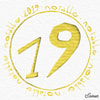

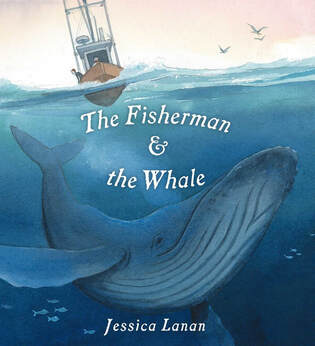
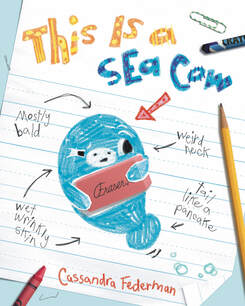
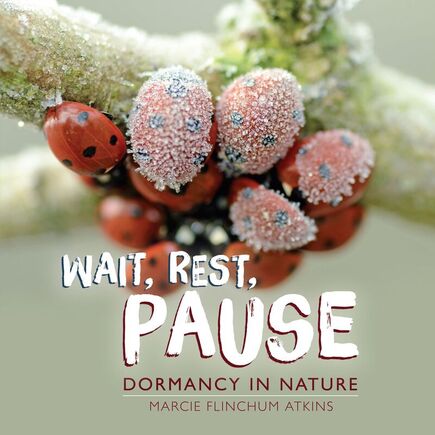
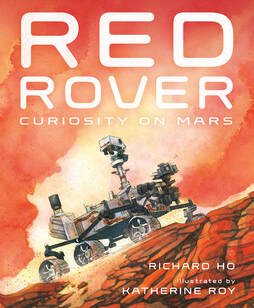
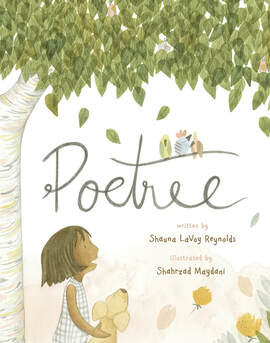
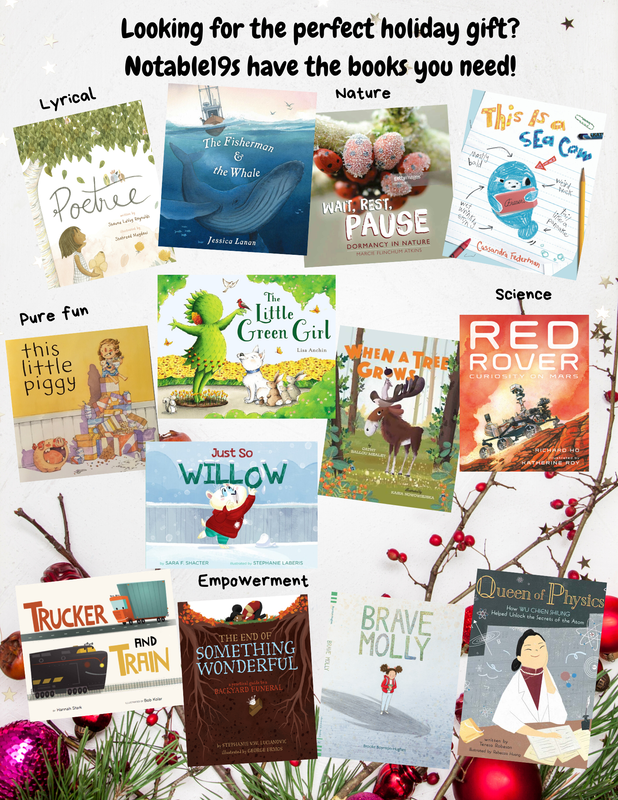
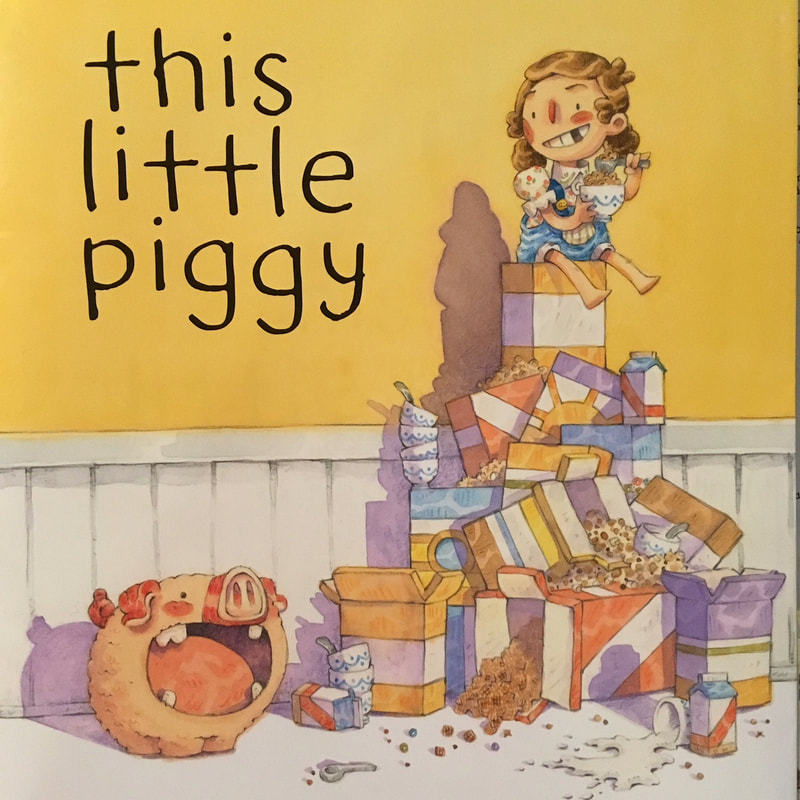


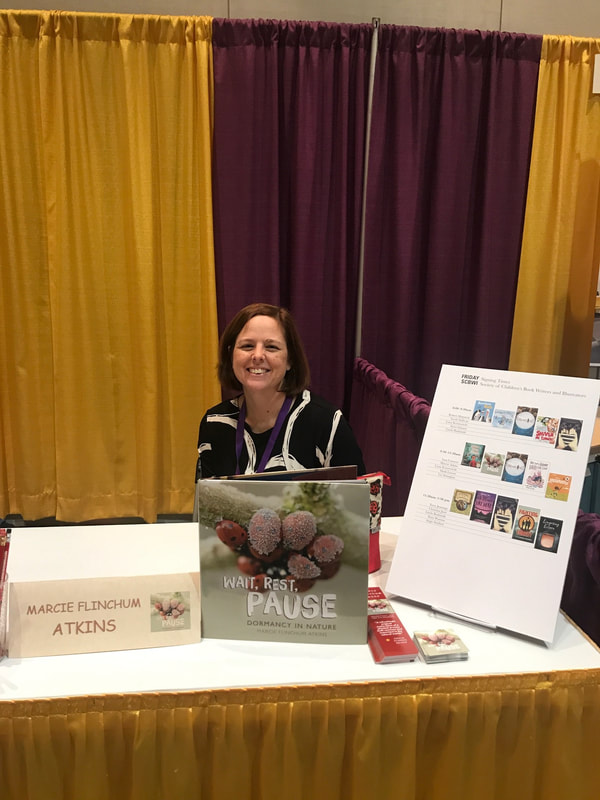
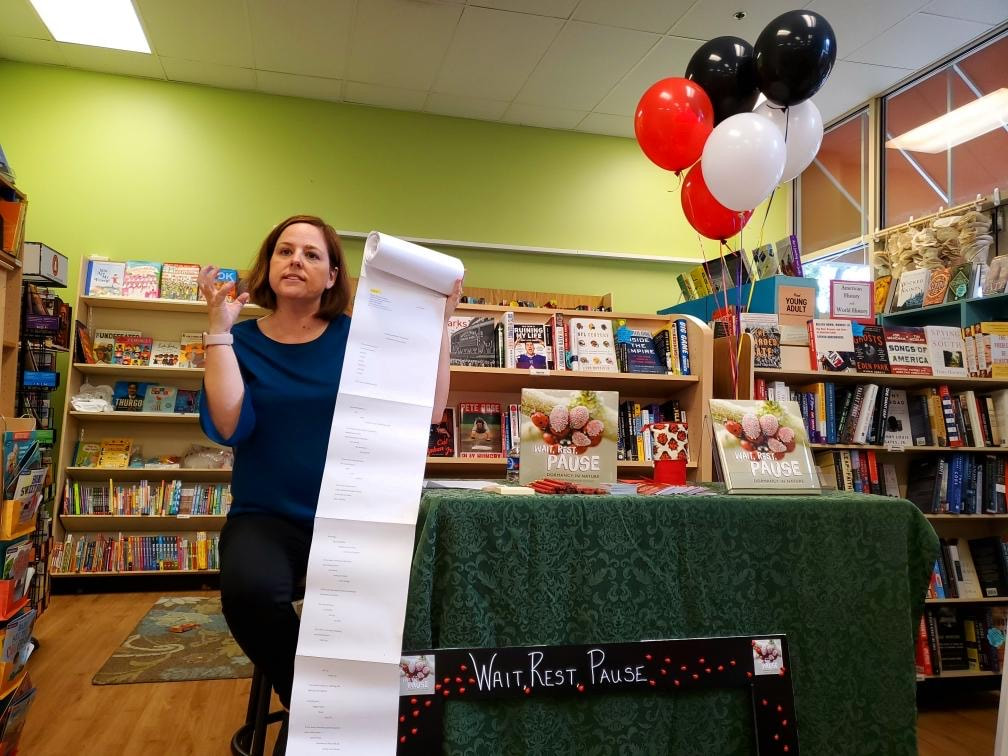
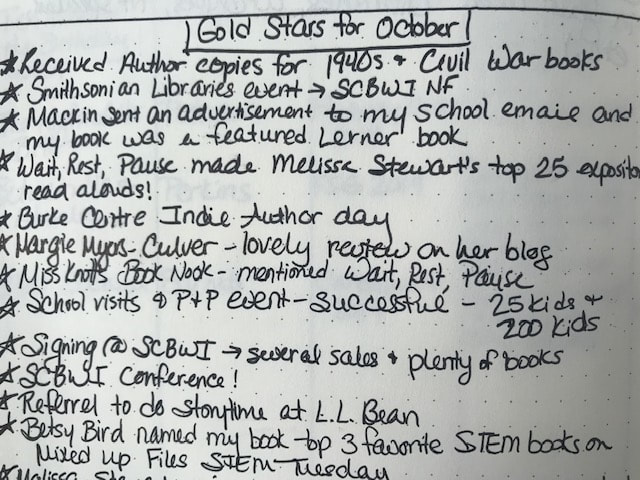
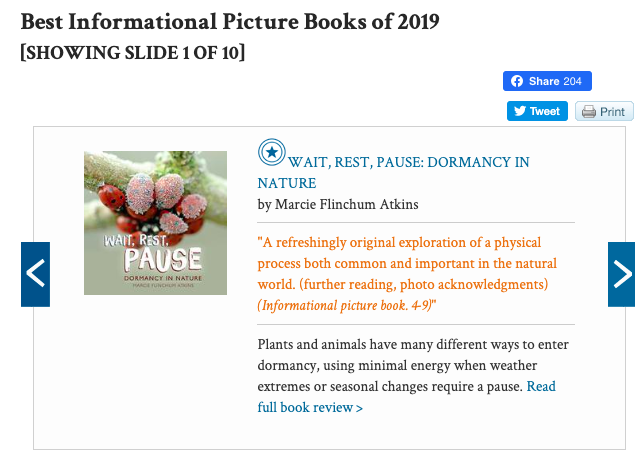

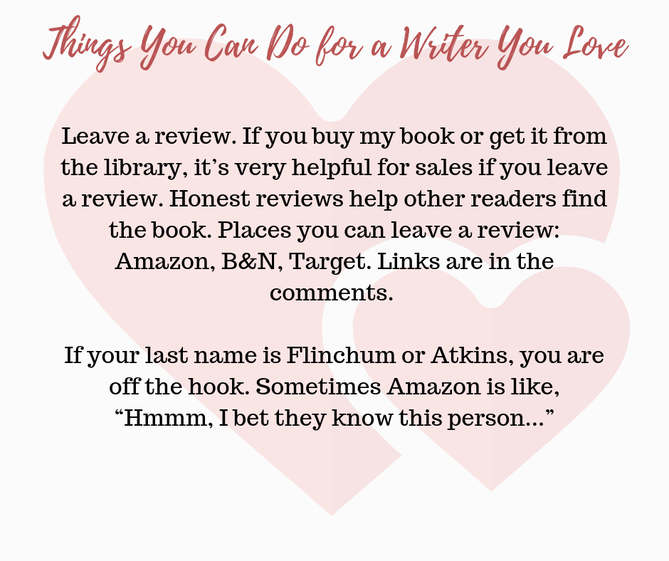
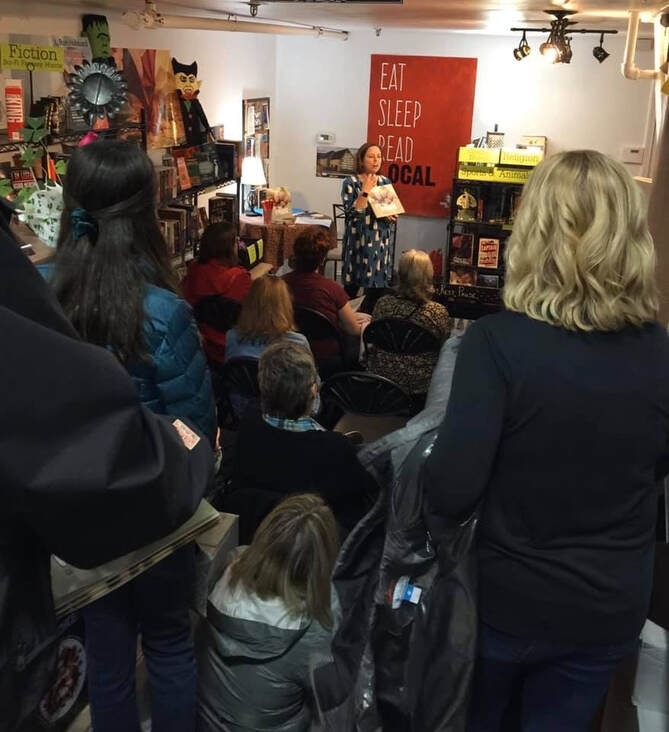
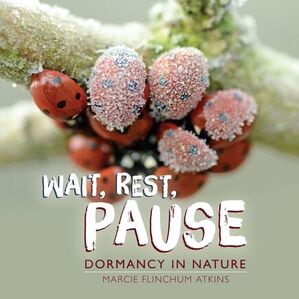
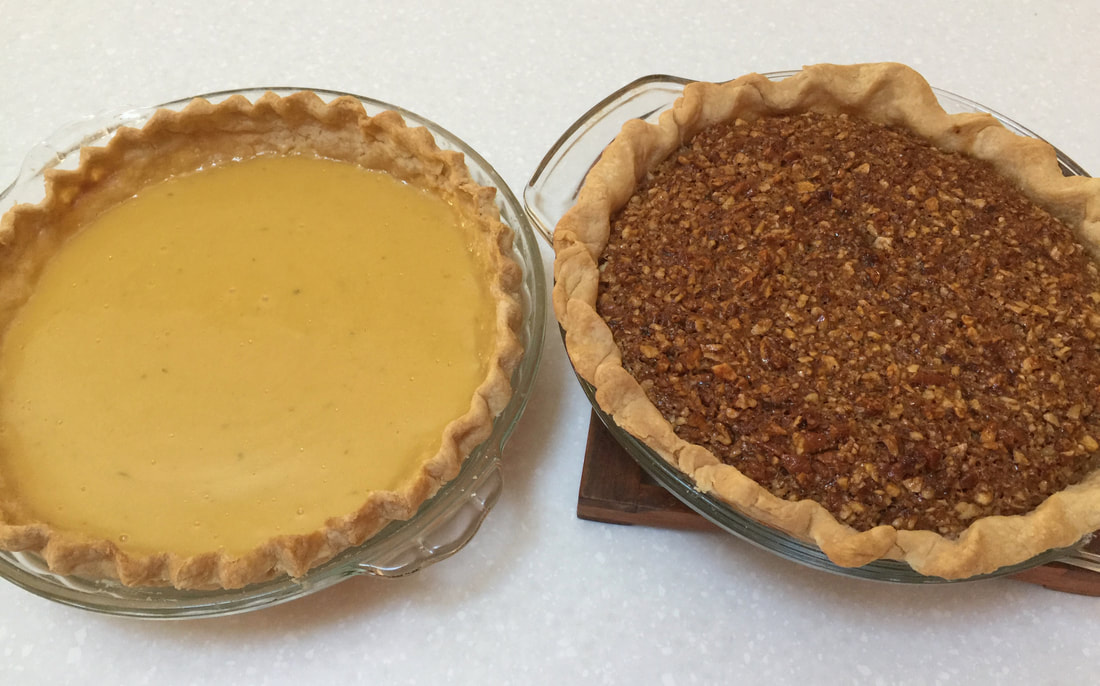
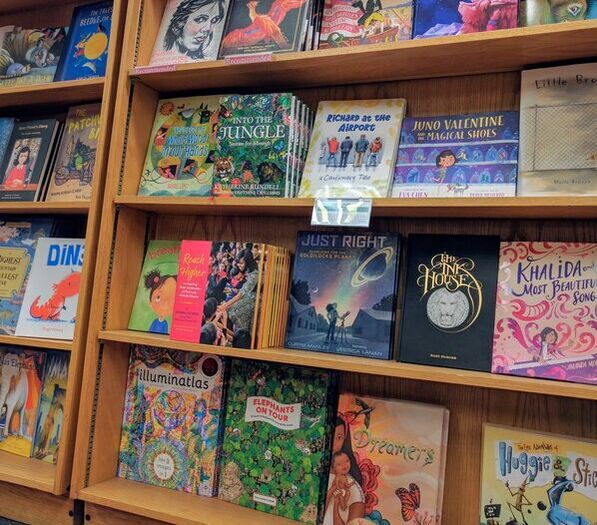
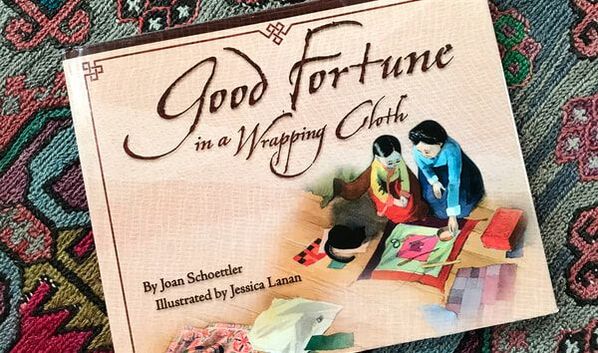
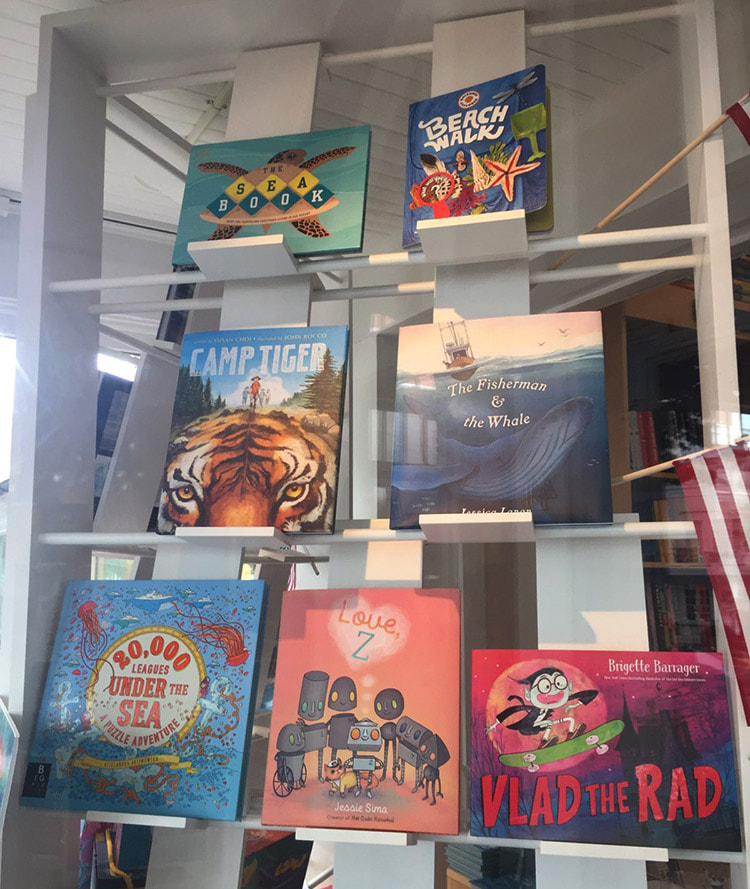
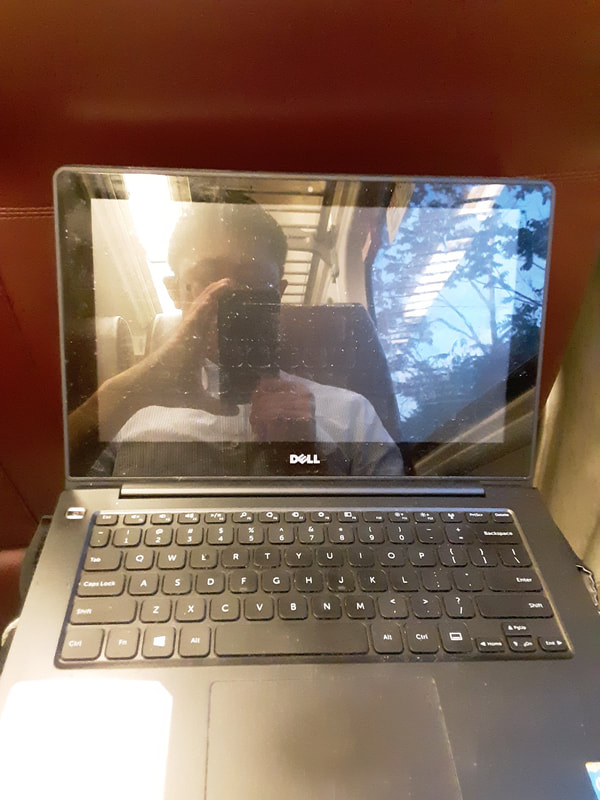
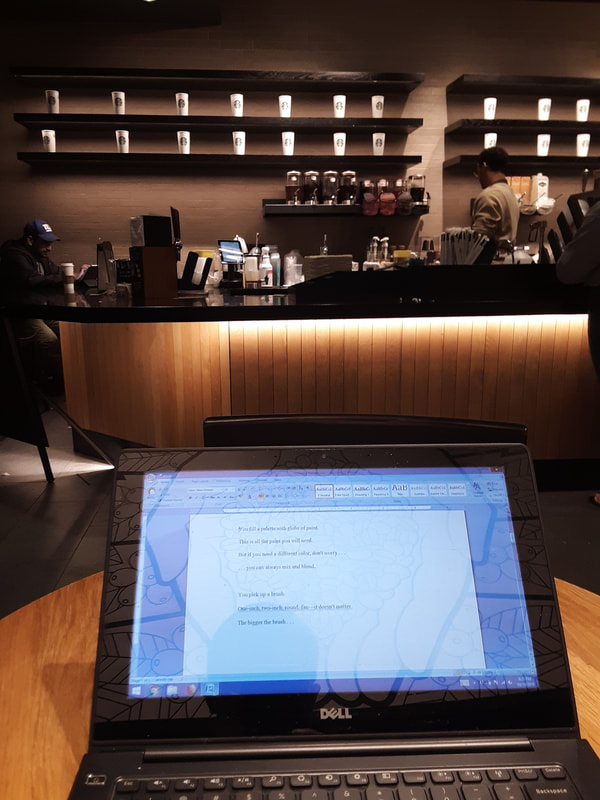
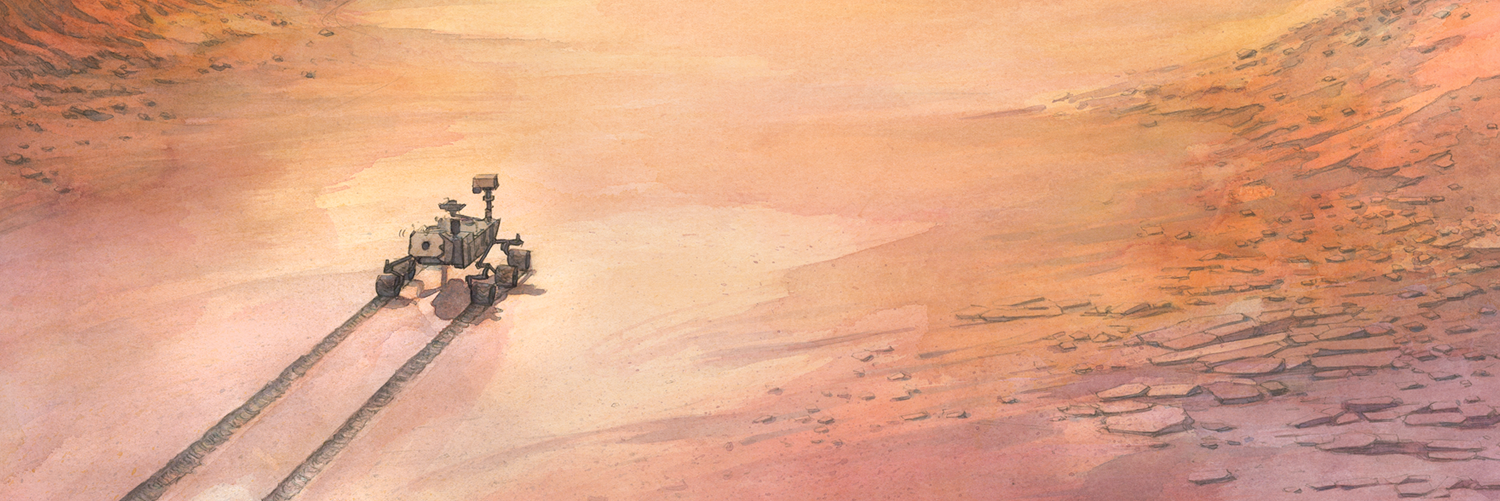
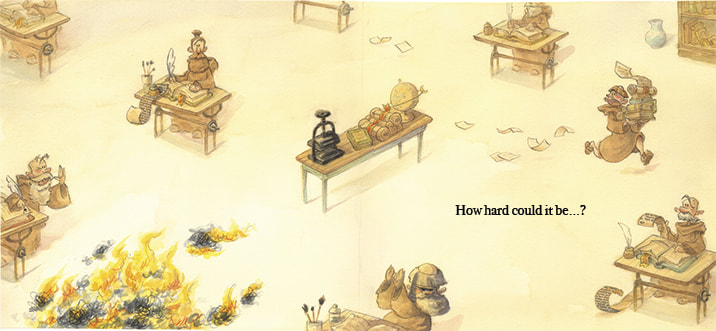
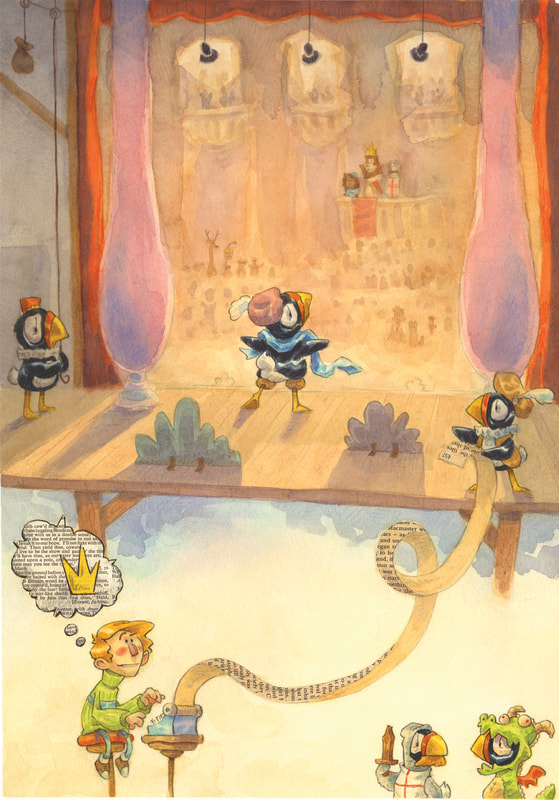
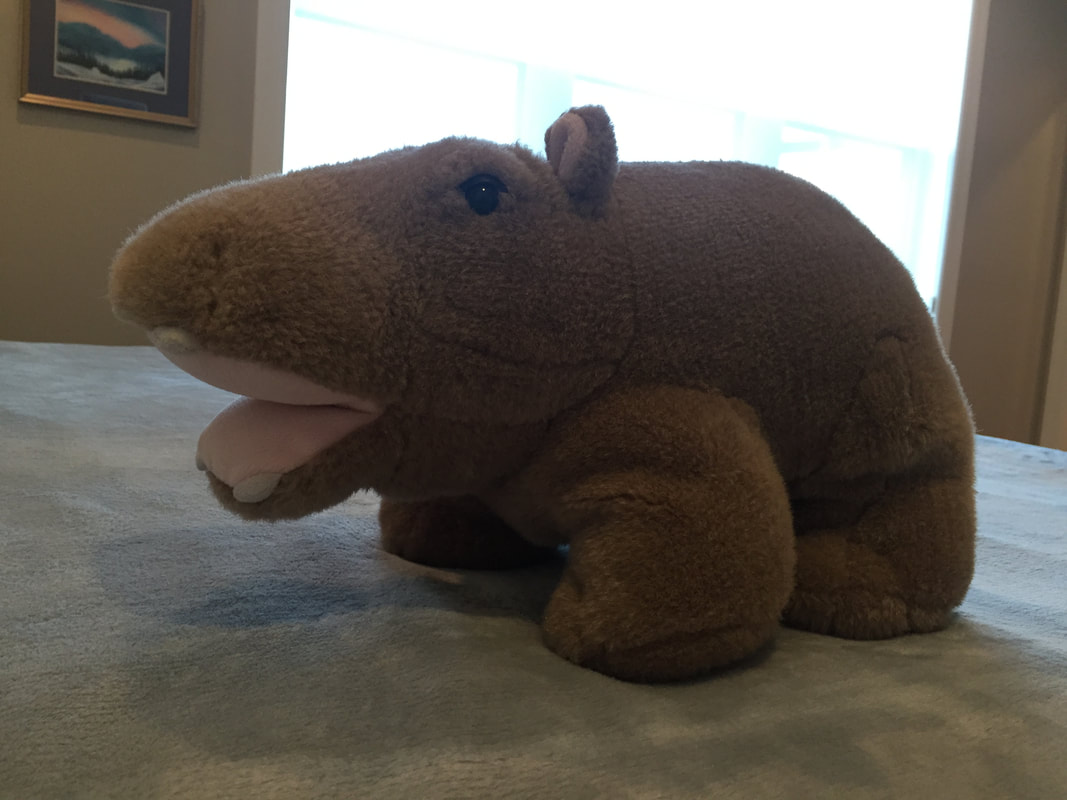
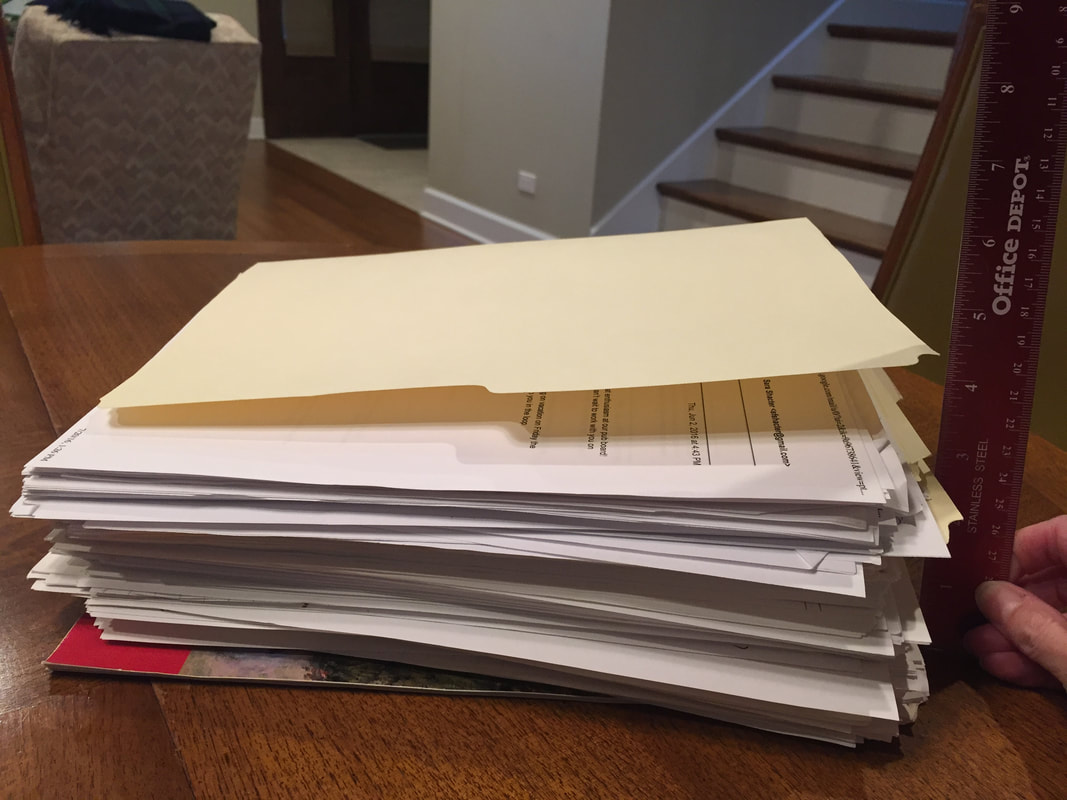
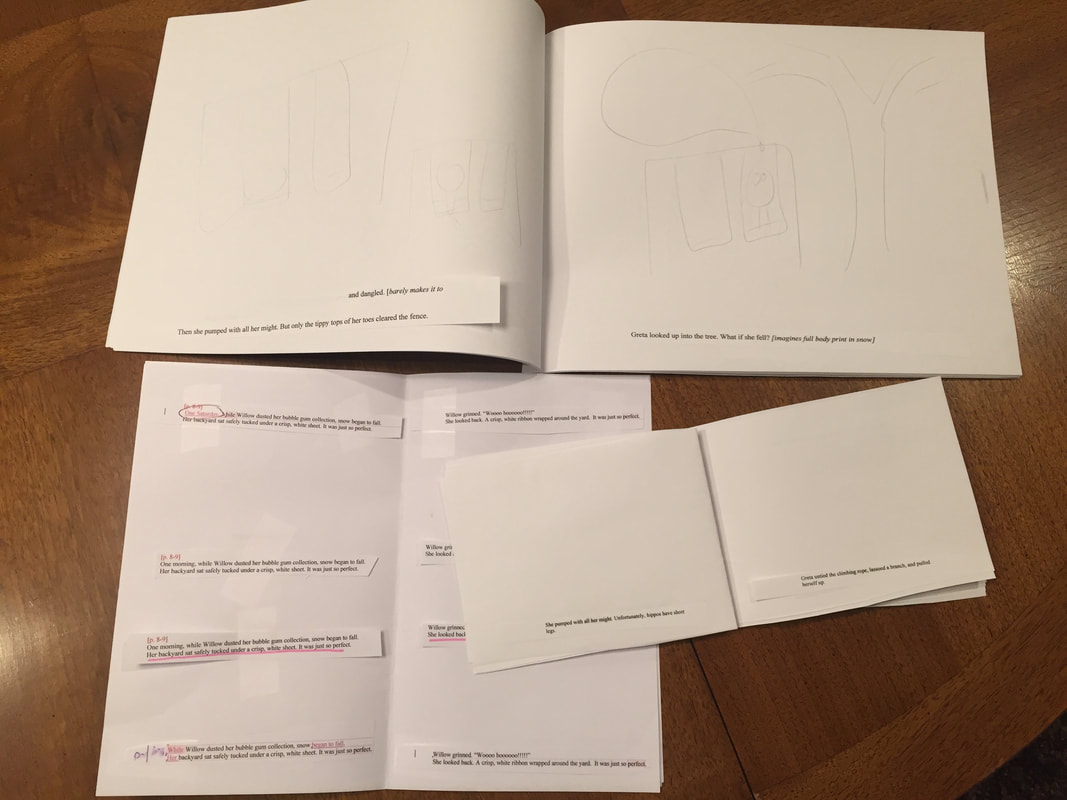
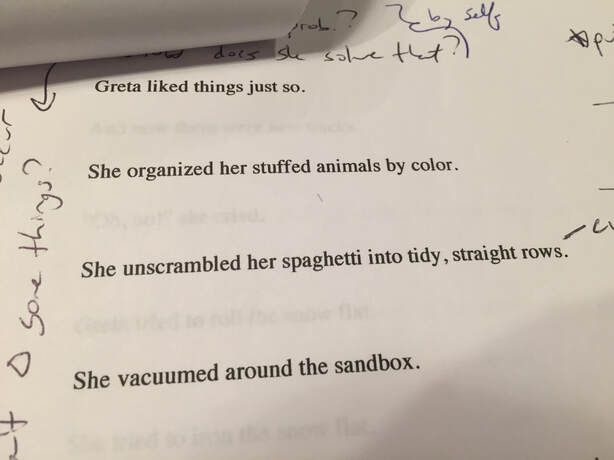
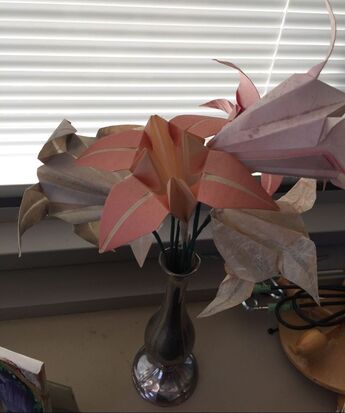
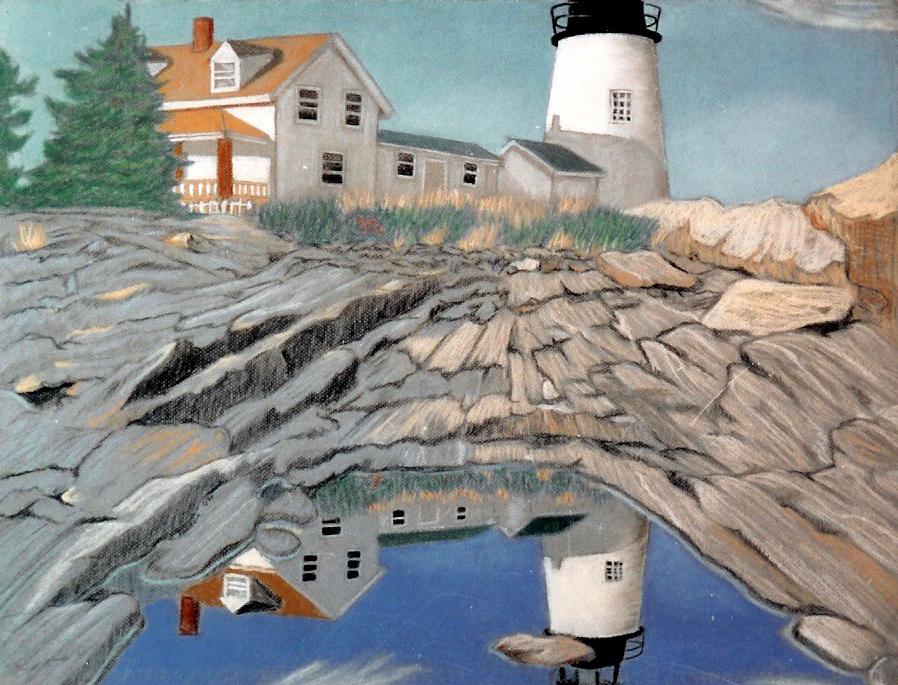
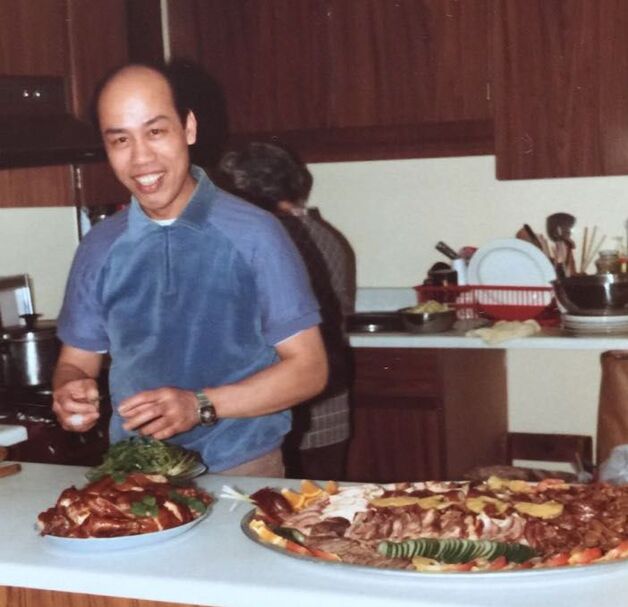
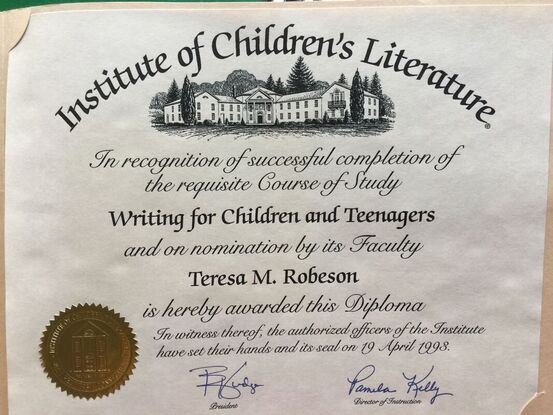
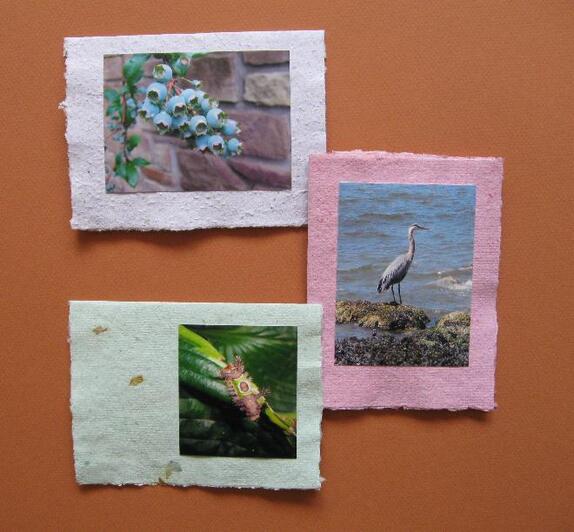
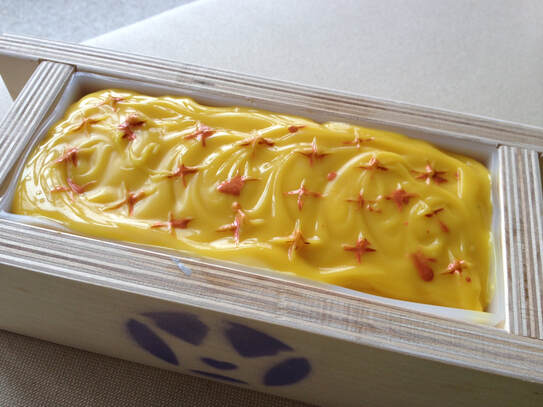
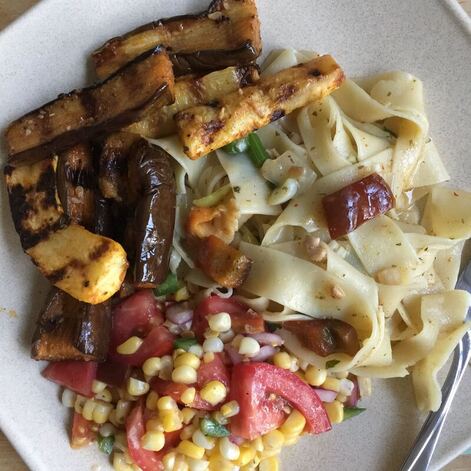


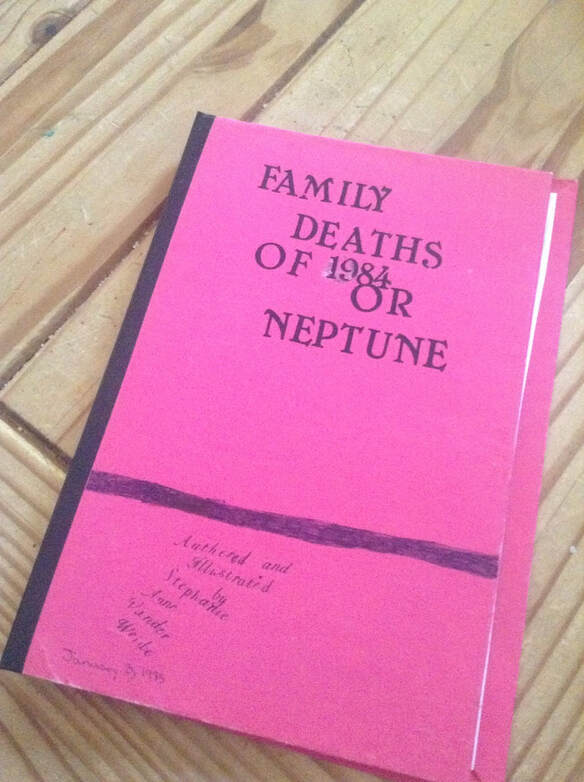
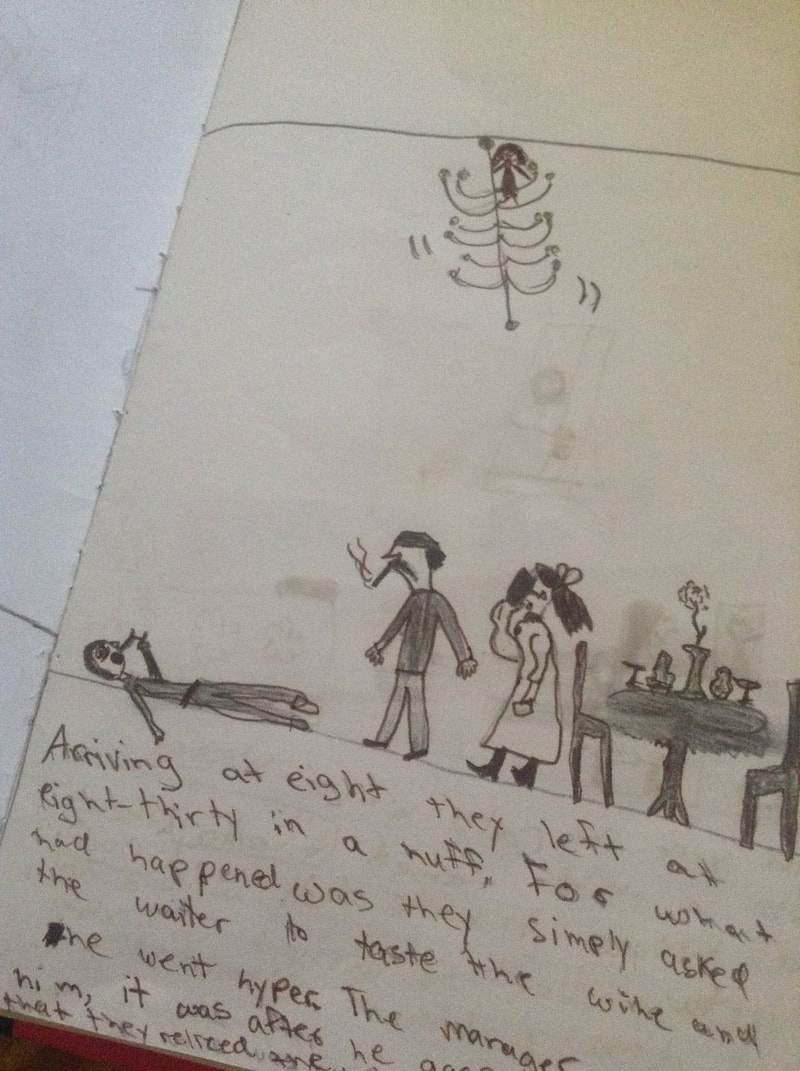
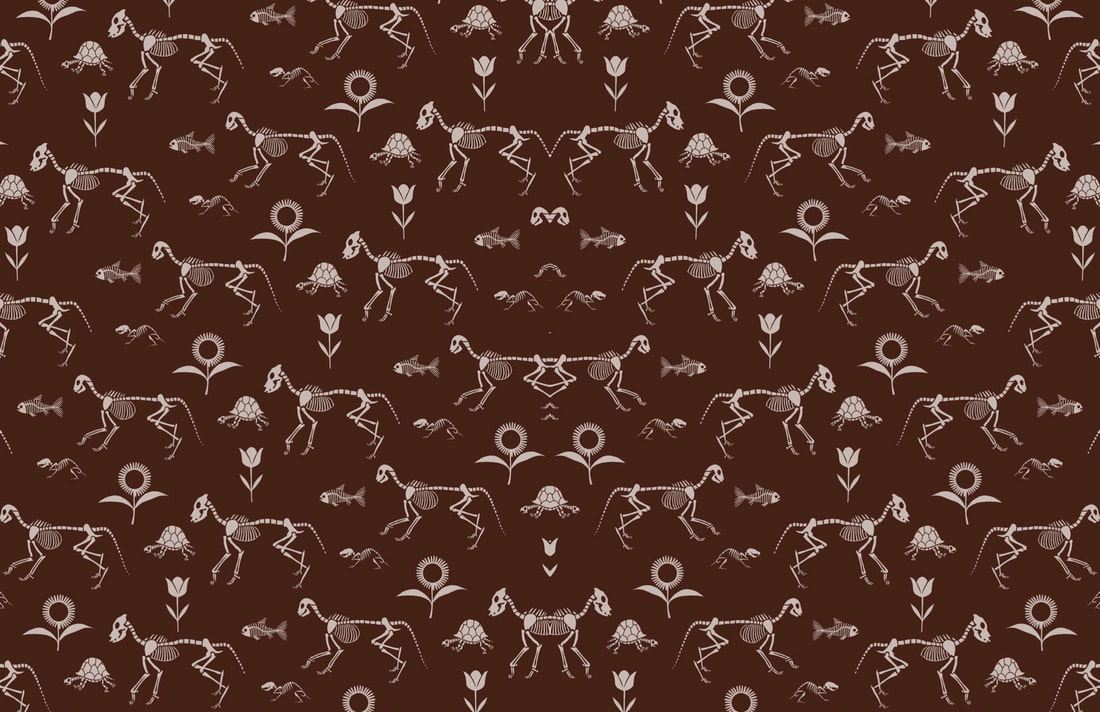
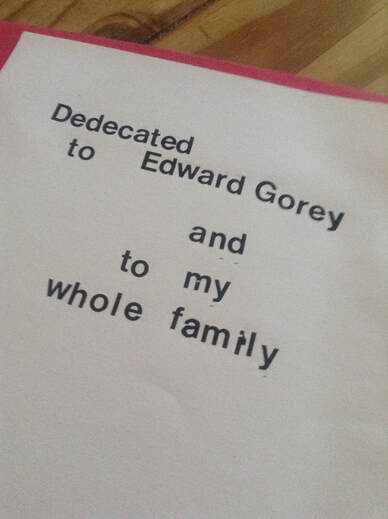

 RSS Feed
RSS Feed
